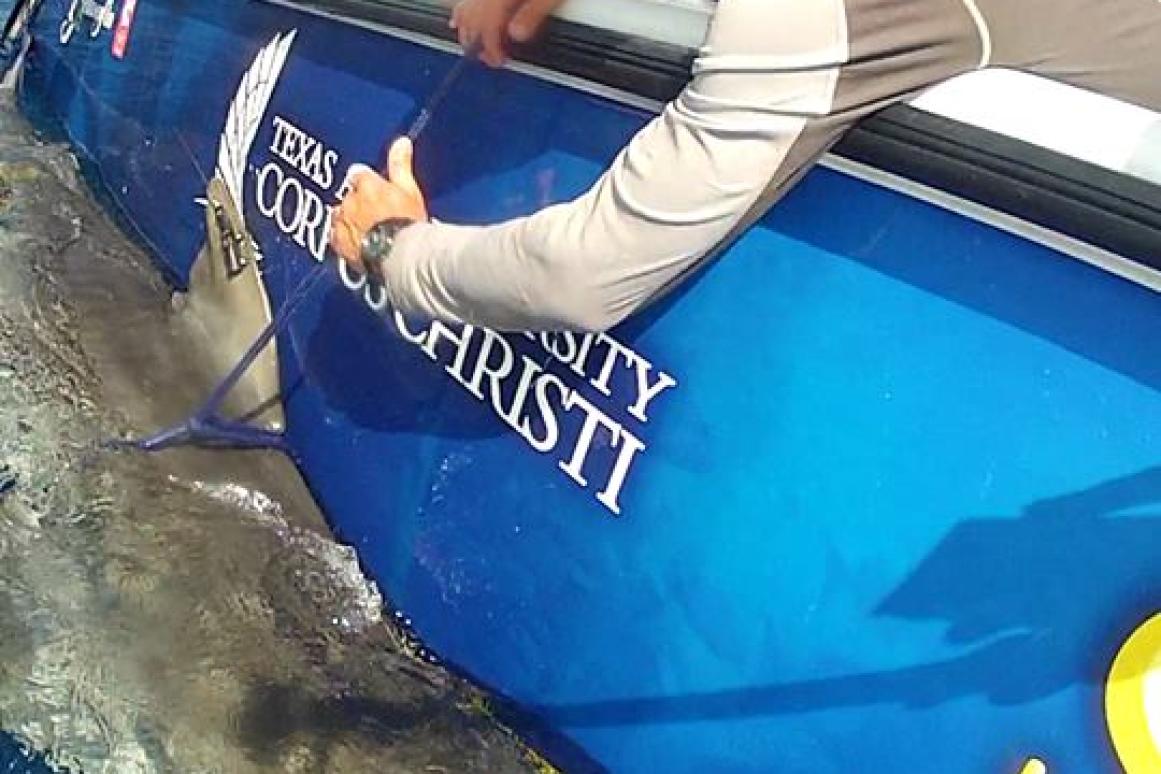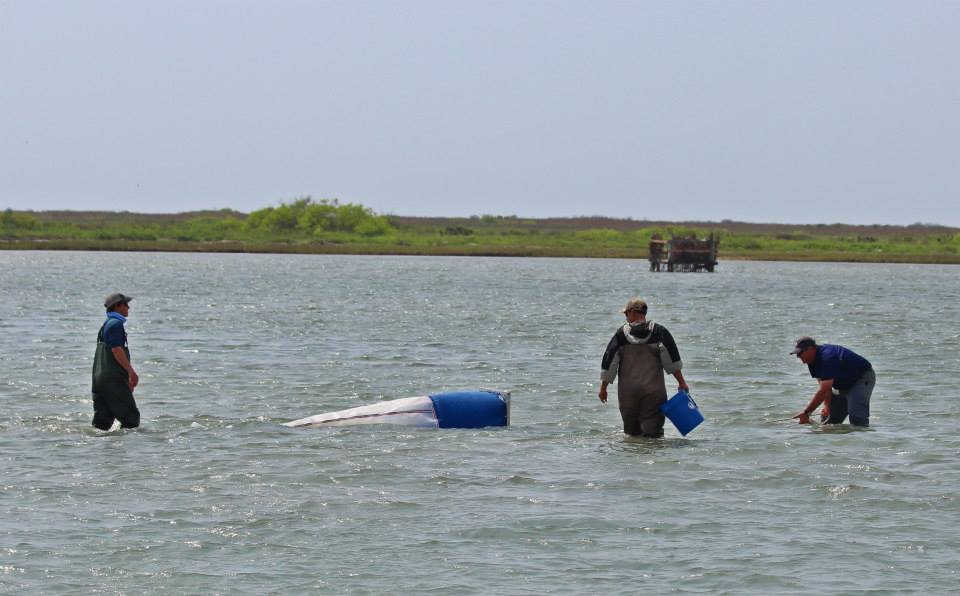“Science that Keeps you Hooked:” The Rise of the Center for Sportfish Science and Conservation

This is one of a series of stories looking at the history and impact of HRI over the last 25 years.
Greg Stunz’s first research grant didn’t come from a university or government agency — it came from the Coastal Conservation Association (CCA), a group of recreational anglers passionate about protecting coastal fisheries.
At the time, in 2002, Stunz was an Assistant Professor of Marine Biology at Texas A&M University-Corpus Christi (TAMU-CC). The study focused on catch-and-release practices for spotted sea trout — a groundbreaking project that helped shape fisheries policy in Texas. More importantly, it revealed the powerful impact that collaboration between scientists and fishermen could have on conservation and laid the foundation for a partnership that reshaped sportfish science in the Gulf.
The world-class science produced by the Center for Sportfish Science and Conservation (CSSC) is its hallmark. But the center’s creation is the result of scientific ambition building from long-standing relationships.
“That (study) set the stage for what a center like this could do,” said Stunz, now HRI’s Senior Executive Director. “It showed the potential for having a dedicated center with a focus on sportfisheries in the Gulf.”
Prior to the CSSC’s official founding in 2013, informal discussions had taken place about creating a program dedicated to the Gulf’s recreational fisheries research. Stunz, who joined the Harte Research Institute (HRI) in 2007 as an Endowed Associate Research Professor, often crossed paths with Larry McKinney during his time at the Texas Parks and Wildlife Department (TPWD). When McKinney became HRI’s Senior Executive Director in 2008, he and Stunz began developing the vision for a responsive research center that would focus on the Gulf’s multi-billion-dollar recreational fishing industry.
There was a clear need for such a center — one that could support stakeholders across the Gulf in conserving and sustaining an industry essential to coastal recreation and livelihoods.

CCA ultimately provided the catalyst, contributing $500,000 in seed funding to launch the CSSC. Local Corpus Christi CCA leaders such as Mark Ray and John Carlson along with organizational leadership from Pat Murray were instrumental in bringing the vision to life.
Stunz was named the Center’s first director.
“We knew having something like that — a well-funded, well-staffed science machine — was going to be priceless for doing good conservation,” said Murray, CCA National President and CEO. “It makes our vision far more acute because we trust the science and we know its source. It allowed us to look at fisheries management issues with much greater clarity. We don’t have to purely rely on a government-created study. We know we have objectiveness with the HRI team, and we know we have top-notch science and confidence moving forward in trying to advocate for good policy.”
The CSSC officially opened its doors in 2013 with a small team of about five, including Stunz. Today, the center includes more than 20 researchers, graduate students, and doctoral candidates that have worked on a variety of high-impact projects — from tarpon studies and the Great Red Snapper Count to the ReleaSense angler engagement program and an extensive shark tagging initiative featuring a real-time tracker.
The CSSC bridges the gap between science, stakeholders, and recreational anglers — building key relationships that translate into real-world impacts that directly benefit and enhance recreational fisheries.
“It’s a tremendous asset and benefit for us in that it really allows some of the work to get done that we wouldn’t necessarily be able to do,” said Robin Reichers, TPWD’s Director of Coastal Fisheries. “We complement each other’s work. It fills gaps and niches we sometimes do not have the manpower to fill.”
The partnership with TPWD is one of many the CSSC has cultivated during more than a decade of solutions-driven science. As the center’s reputation for rigorous, applied research has grown, so has its influence — reaching decision-makers at the local, state, and federal levels.
“The relationship is just invaluable,” Reichers added. “It has deepened over time, and we’ve even hired people who’ve graduated through that program. Those connections are deep, enduring, and woven into our fabric.”

The CSSC not only produces groundbreaking science and shapes policy — it also trains the next generation of scientists who will play vital roles in the future of the Gulf and beyond.
Students who have worked in CSSC labs or participated in its field programs have gone on to careers at organizations across the country, building a growing pipeline of scientific talent that extends HRI’s influence far beyond the Coastal Bend.
“Our reputation has definitely grown. People come to us and ask for advice,” said Dr. Matt Streich, who was named the Mark W. Ray CCA Texas Endowed Director of the CSSC in 2024, succeeding Stunz. “It’s a big responsibility to make sure we are putting out accurate information. It’s an honor to be that well-respected. And for me, as the new director, it’s my duty to make sure the level and quality of our work stays high — and continues to improve.”
What began as a conversation about a growing need has evolved into one of the nation’s premier marine science centers. The combination of purpose-driven science and enduring partnerships has created a research powerhouse that will continue to shape the Gulf for years to come by producing, “Science That Keeps You Hooked!”
